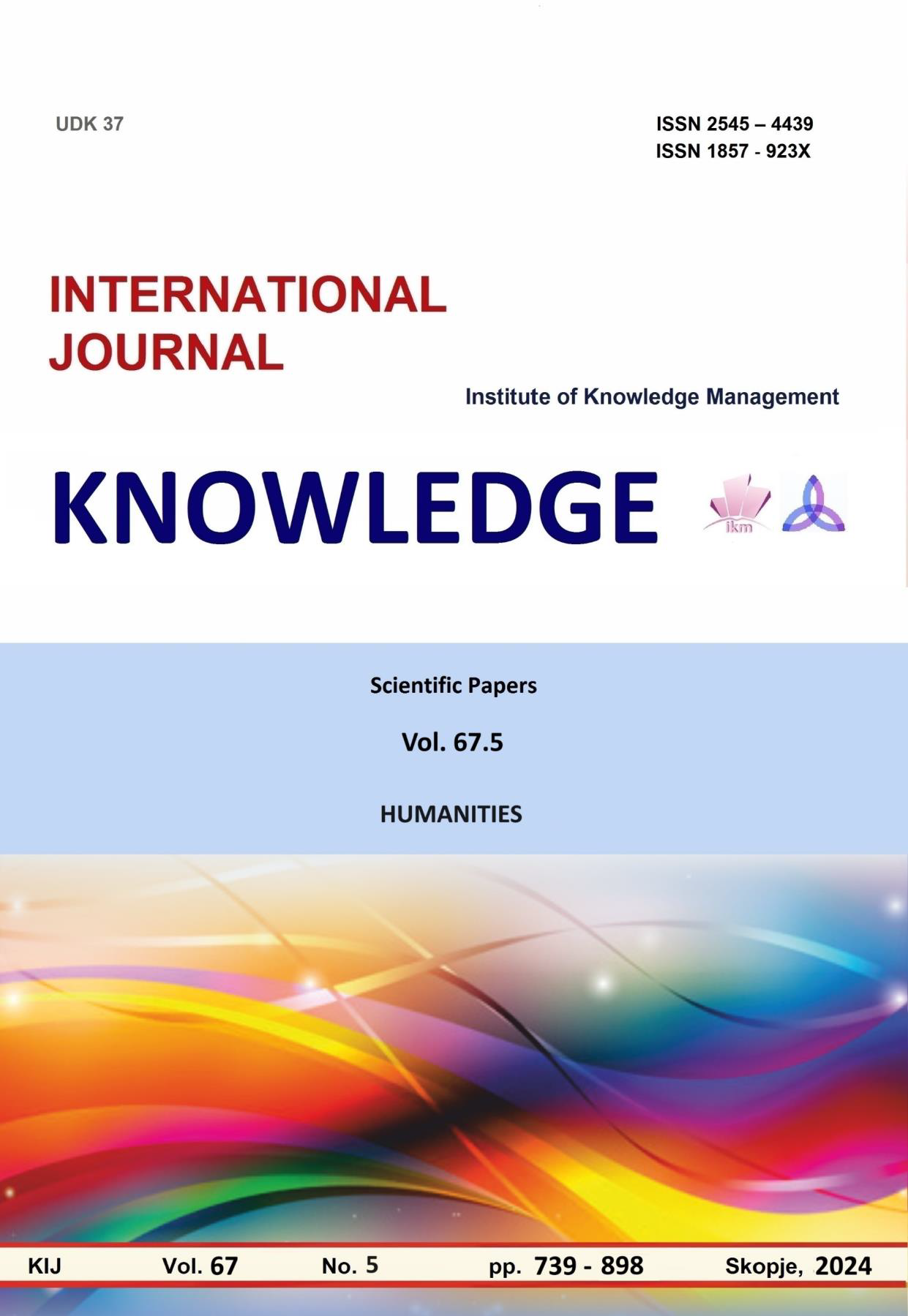BOOK REVIEW: BASIL HATIM & IAN MASON. THE TRANSLATOR AS COMMUNICATOR. LONDON-NEW YORK: ROUTLEDGE, 1997. XII + 244 PP. ISBN HB.: 0-415-11736-4 (§ 45.00);./ PB.: 0-415-11737-2 (§ 13.99).
BOOK REVIEW: BASIL HATIM & IAN MASON. THE TRANSLATOR AS COMMUNICATOR. LONDON-NEW YORK: ROUTLEDGE, 1997. XII + 244 PP. ISBN HB.: 0-415-11736-4 (§ 45.00);./ PB.: 0-415-11737-2 (§ 13.99).
Author(s): Isa Spahiu, Remzije Nuhiu, Zarije Nuredini SpahiuSubject(s): Language and Literature Studies, Essay|Book Review |Scientific Life, Book-Review, Translation Studies
Published by: Scientific Institute of Management and Knowledge
Keywords: Translation;Communication;Cultural Context;Textual Strategies;Literary Translation;Politeness and Ideology;Represents case studies in translation theory with practical applications
Summary/Abstract: The Translator as Communicator offers an in-depth analysis of translation from this perspective, arguing that the activity is not about transposing structures and meanings from one language to another but a communicative act significantly more complex plus challenging than simply transferring ideas among two or more languages. These case studies foreground the complex forces at work in translation — such as cultural and contextual determinants, interpretations about texts that inform transference of meaning. The authors call for a more subtle conception of translation, one which considers base textual strategies as the basis to groundwork practice. In line with their idea of translation as a macro-communicative act, therefore challenging the reductive word-for-word replacement that traditional views frequently support,Hatim and Mason conceptualize more broadly than words alone. It is a significant base-level resource that critically links key theoretical concepts with practical industry knowledge; essential reading for scholars and practitioners involved in all areas of translation. We chose to compare and contrast literary, legal writing texts because they are written in the most complex languages among all of text types ever exist; hence it almost represents every single aspects. Using fascinating examples and engaging analyses, they demonstrate how cultural differences affect translation strategies, calling attention to the fact that translation is not a mechanical process but one steeped in culture. The implications of their findings on cross-cultural communication are clear, and what it means for translation should therefore be considered—and the work necessary—by professionals around the world in an increasingly intertwined age. Overall, Hatim and Mason are important additions to our vocabulary of translation practices as a dynamic enterprise always engaged in re-formulating effective communicative strategies among diverse linguistic communities.
Journal: Knowledge - International Journal
- Issue Year: 67/2024
- Issue No: 5
- Page Range: 753-757
- Page Count: 5
- Language: English

